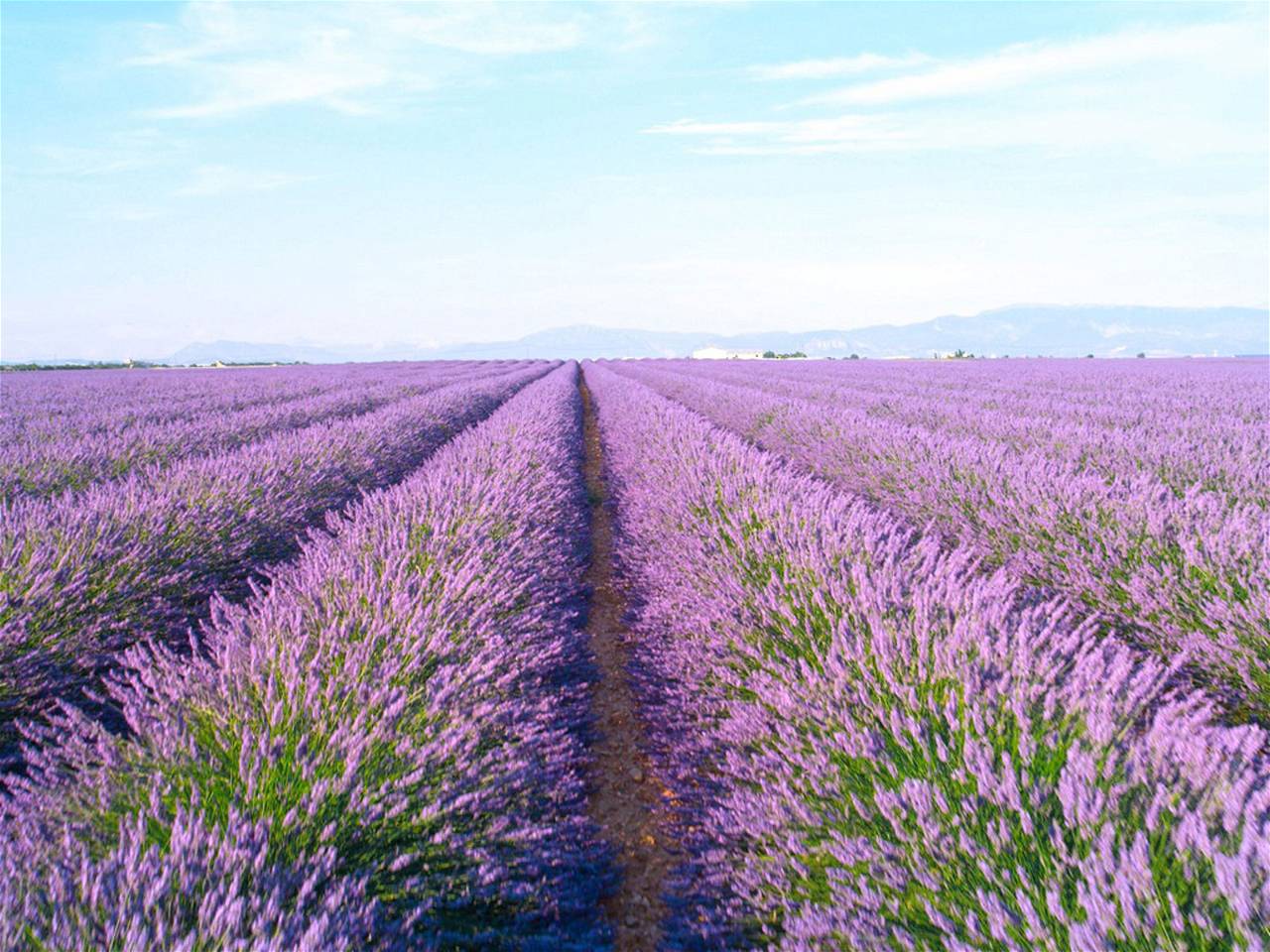
Lavender is a crop native to Europe but was introduced in the temperate regions of Jammu &Kashmir state by the CSIR Aroma Mission. Lavender is a small, perennial aromatic herb shrub used in the fragrance, specialty food, and alternative medicine industries.
Although it can also be used for large-scale extraction of lavender’s valuable oil too expensive and laborious. In India, the lavender crop is cultivated in Kashmir valley regions, hilly areas of Himachal Pradesh. The lavender can be grown well in backyards, pots, and containers. The few plants in backyards can enhance your income to great extent. The commercial cultivation lavender crop on large scale can fetch up to crores of rupees due to its precious essential oil. If you are planning to flourish your garden with beautiful purple flowers of lavender along with additional income with its valuable oil for perfumery then please go through this article and frequently visit us at Krishi Jagran for more such interesting articles:
Site
The two basic requirements for successful lavender cultivation are full sun and good drainage. Always select a sunny place in the garden so that plants can get sun for most of the day.
Soil
Lavender can grow well in light well-aerated soil rich with organic matter. Lavenders grow best in neutral to alkaline soil which is free draining. This crop is very sensitive to waterlogging however can go well with poor or eroded soil.
Climate
Lavender is a hard and temperate plant that can tolerate drought and frost conditions. The ideal climatic conditions are cool winters and cool summers. It requires a good amount of sunlight and poor lighting can cause a reduction in yield.
Varieties of Lavender
Mostly 4 types of varieties are typically grown in India
True Lavender variety: This variety is the longest grown variety suitable for the Mediterranean area. This variety is rich in essential oil content.
Spike lavender variety: This variety also originated in the Mediterranean Sea region but can grow up to 250-700 MSL above sea level. The essential oil content ranges between 0.9-3%.
Lavandin variety: This variety is a hybrid of true and spike lavender.
Sher-e-Kashmir variety: This variety is released by CIMAP, Lucknow, and UP. This is a superior variety with 100% higher essential oil yields.
Propagation
Propagation of lavender can be done by seeds, rooted cuttings, tissue culture, and layering.
Seeds: Seeds should be sown in prepared beds of 1 mt wide either through broadcasting or in rows at a depth of 10-12 cm apart in the autumn season. The seed rate should be 2 gm per sq mt area with a sowing depth of 1-2 cm. Always keep the nursery bed moist also regularly prune lavender crop to prevent follicle formation.
Rooted cuttings: Growers should always cut healthy, straight, vigorous stems for rooting. 10-15 cm cutting can be made from the top of the plants. The ½ to 2/3rd of the cutting should be inserted in suitable growing media and propagated then in the seedbed. FYM should be applied to further growth of plants and also recommended during cold times cover your crop with back polythene.
Tissue Culture: In the case of lavender tissue culture is very expensive and can only use for mass propagation from selected mother plants. The main aim of tissue culture is to produce genetically identical and pest-free crops.
Layering: It is recommended that growers need to select a long, healthy stem and remove 12 cm to 15 cm of foliage, leaving 10 cm of foliage at the tip of the branch. You should cover the sections with moist soil and the branch will root at the soil level.
Planting time and plant Spacing
For mild climatic conditions, autumn planting is best as this ensures plants can be established well before winters. In cold areas, spring planting is recommended and growers should avoid the frost before planting.
Transplanting
Transplanting should be done either in autumn or spring. Lavender is planted at a distance of 4 ft in between the row and 30-40 cm inside the rows.
Irrigation
Irrigation should be done regularly till the time crop is fully established. At the flowering stage, irrigation is crucial. Also, adopt drip irrigation as it saves water and weed growth.
Fertilizer requirement
Lavender crops respond very well to fertilizers. The requirement of NPK is 100:40:40. Basal application is recommended with 20 kg N; 40 Kg P and 40 kg K. Rest of the 80 Kg of Nitrogen can be split into two doses for the next two years.
Intercultural operation
Hand hoeing and mechanical weeding are recommended without damaging the roots. To increase soil moisture and lower the seed emergence farmers can go for mulching.
Pruning of flower buds is also recommended from time to time during the first two years to provide strength to plants.
For more related information on lavender insect and pest management please follow Krishi Jagran’s website.
















